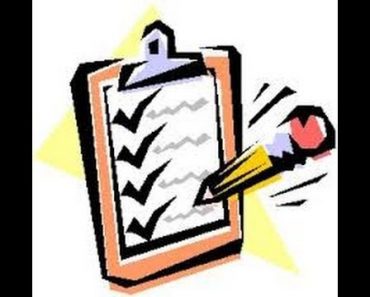Bad things happen. I cannot control what happens, but I can control how I deal with events. You cannot choose what happens, but you can choose how you react. I read a book recently about the cancer wing at a children’s hospital. The book told how the kids choose to laugh and be positive […]
Category: Information
Prepper Precepts #4 Take Reasonable Precautions Based Upon Risk Assessments
I take reasonable precautions based upon my own risk assessments. And then I get on with my life. As situations change, I may spend some time tweaking plans as I watch current events. But life happens, things break, I fix it, and move on. Preparedness means you ready as you can be. No one can […]
Prepper Precepts #3 Don’t Be Scared, Be Prepared
I do not live in fear, as an acquaintance used to say “They can kill me, but they cannot eat me, and if they do, I hope they poop themselves to death.” The reason I prep for hard times because I know historically it can happen, and statistically will happen again. I am not […]
2011 Zombie Invitational
This video was my entry into the 2011 Zombie Invitational. The premise is that we are in the beginning of a zombie apocalypse and I have to show the contents of my bug out bag and explain my rational. Obviously the is not my real BoB. In case you can’t tell I am employing […]
How to make Dakin’s Solution: DIY Antiseptic
This post shows how to make Dakin’s Solution, which is a great homemade antiseptic. Dakin’s solution is an antiseptic solution containing sodium hypochlorite (Common Household Bleach) and water. It was first developed during World War I to treat infected wounds. Dakin’s solution is not the only antiseptic that can be made at home. As there […]





